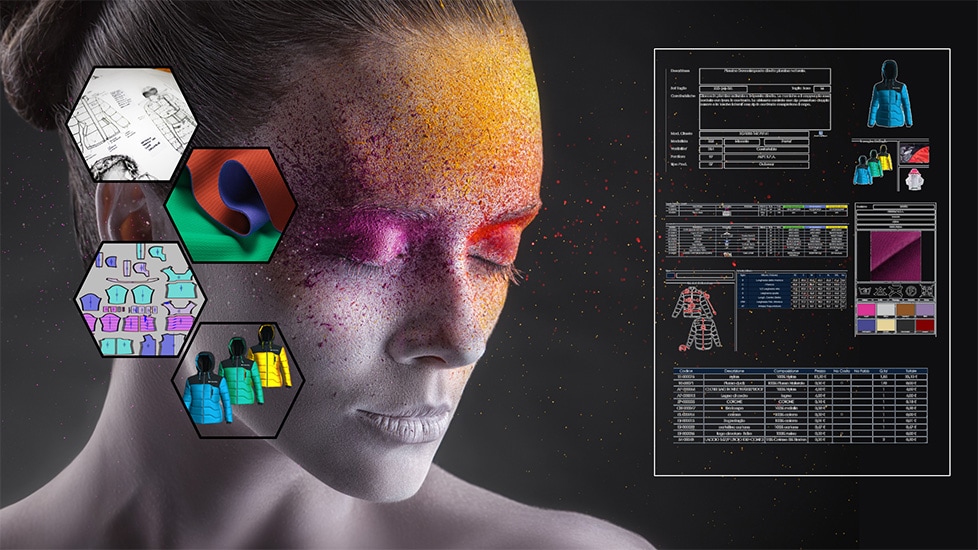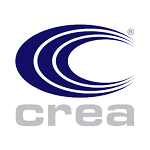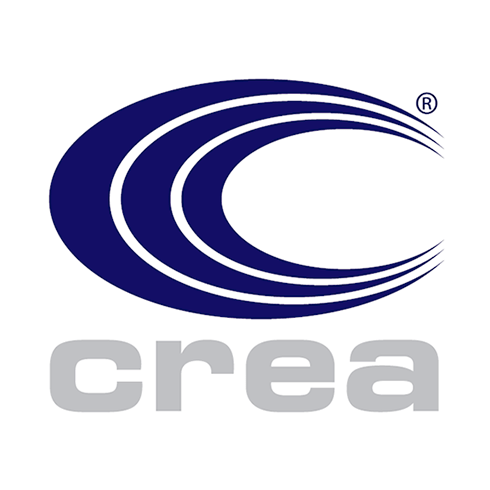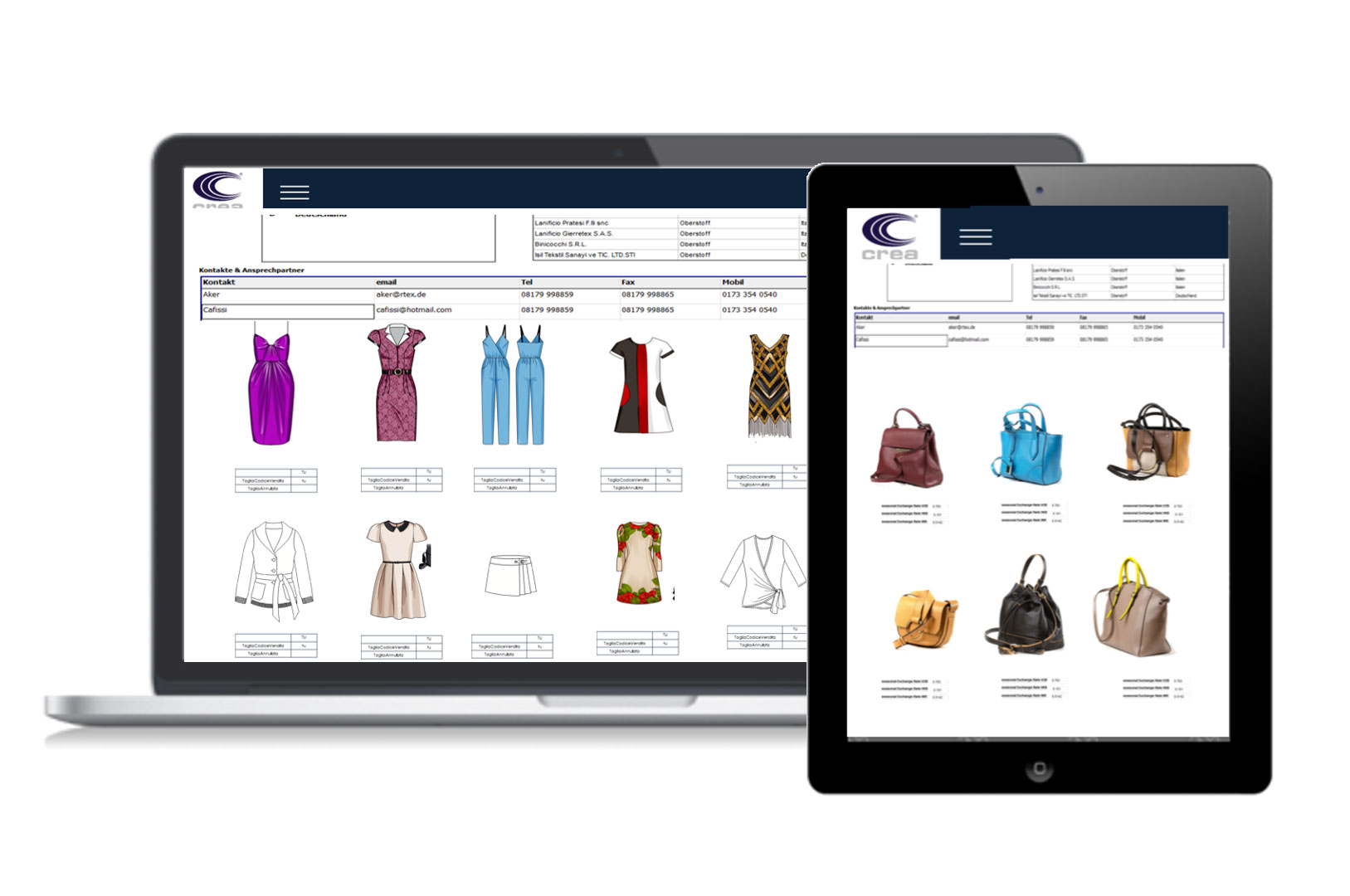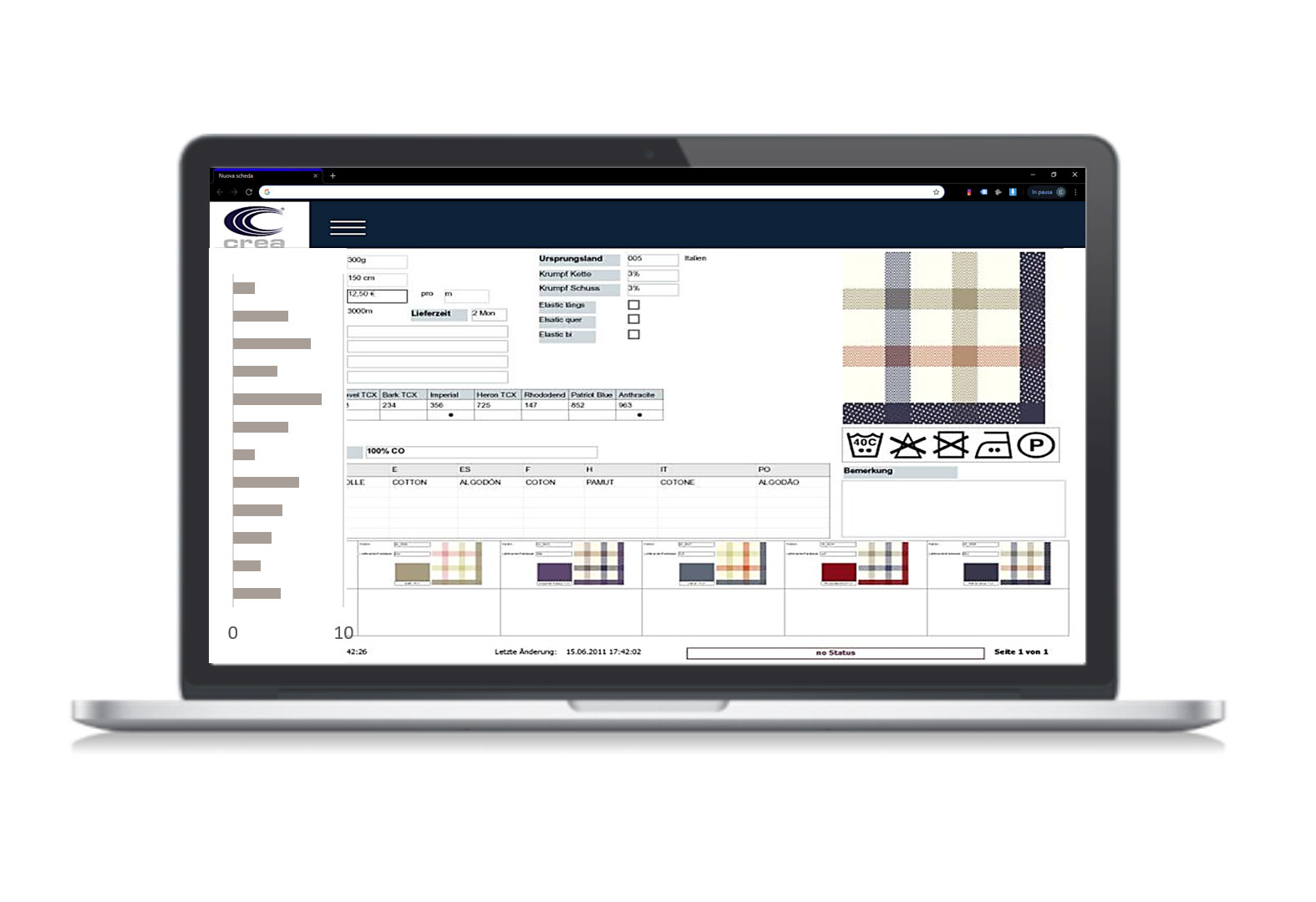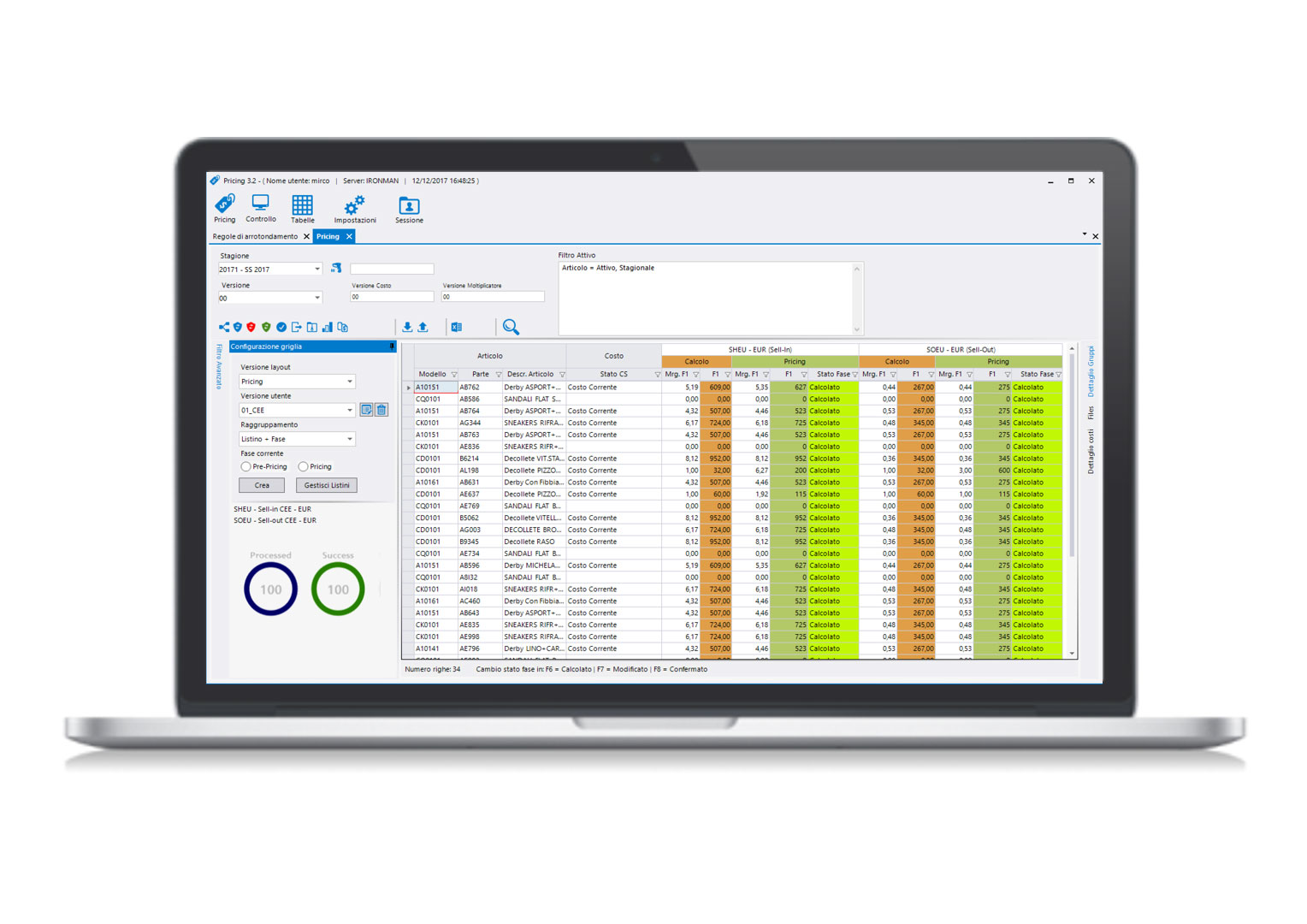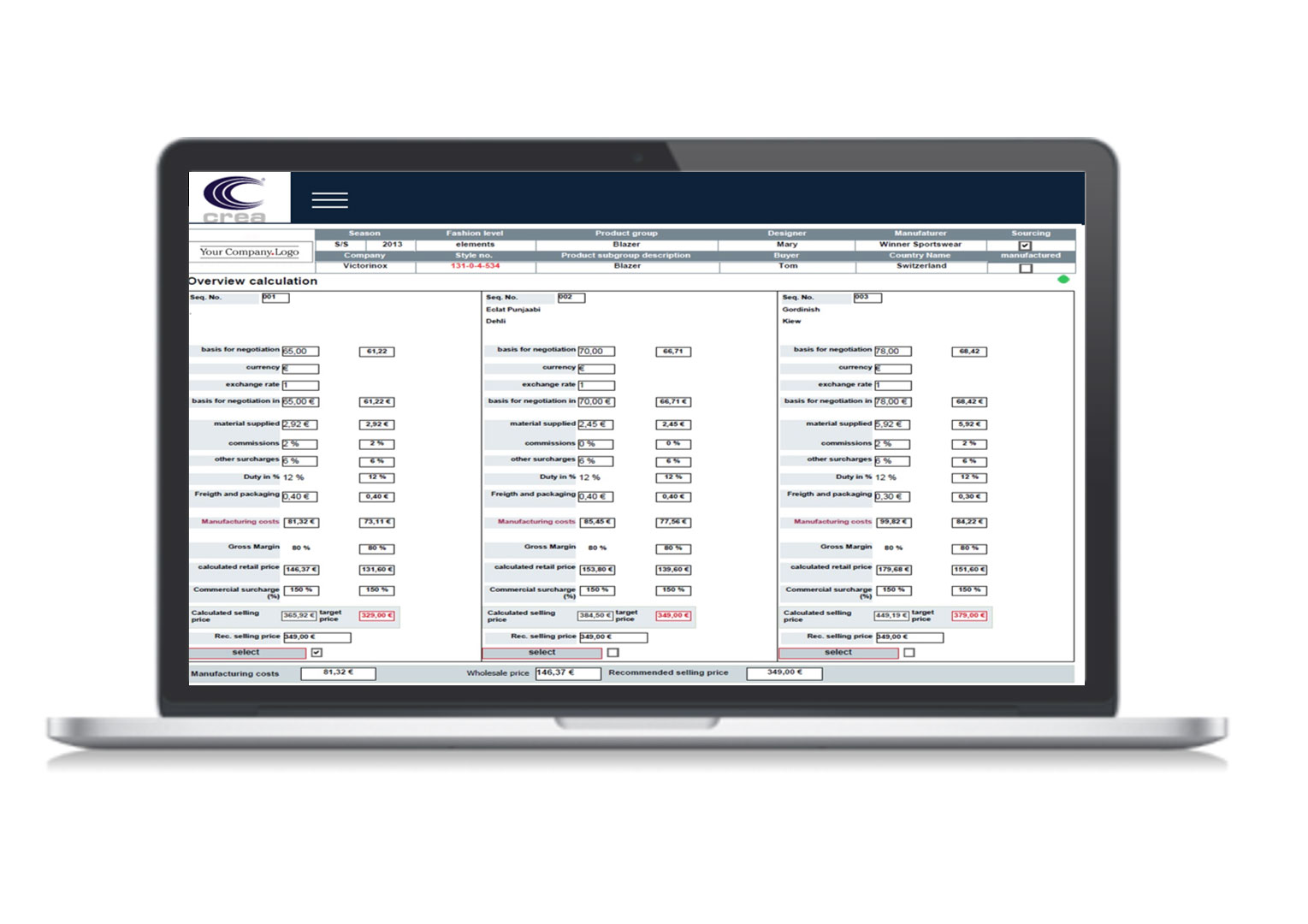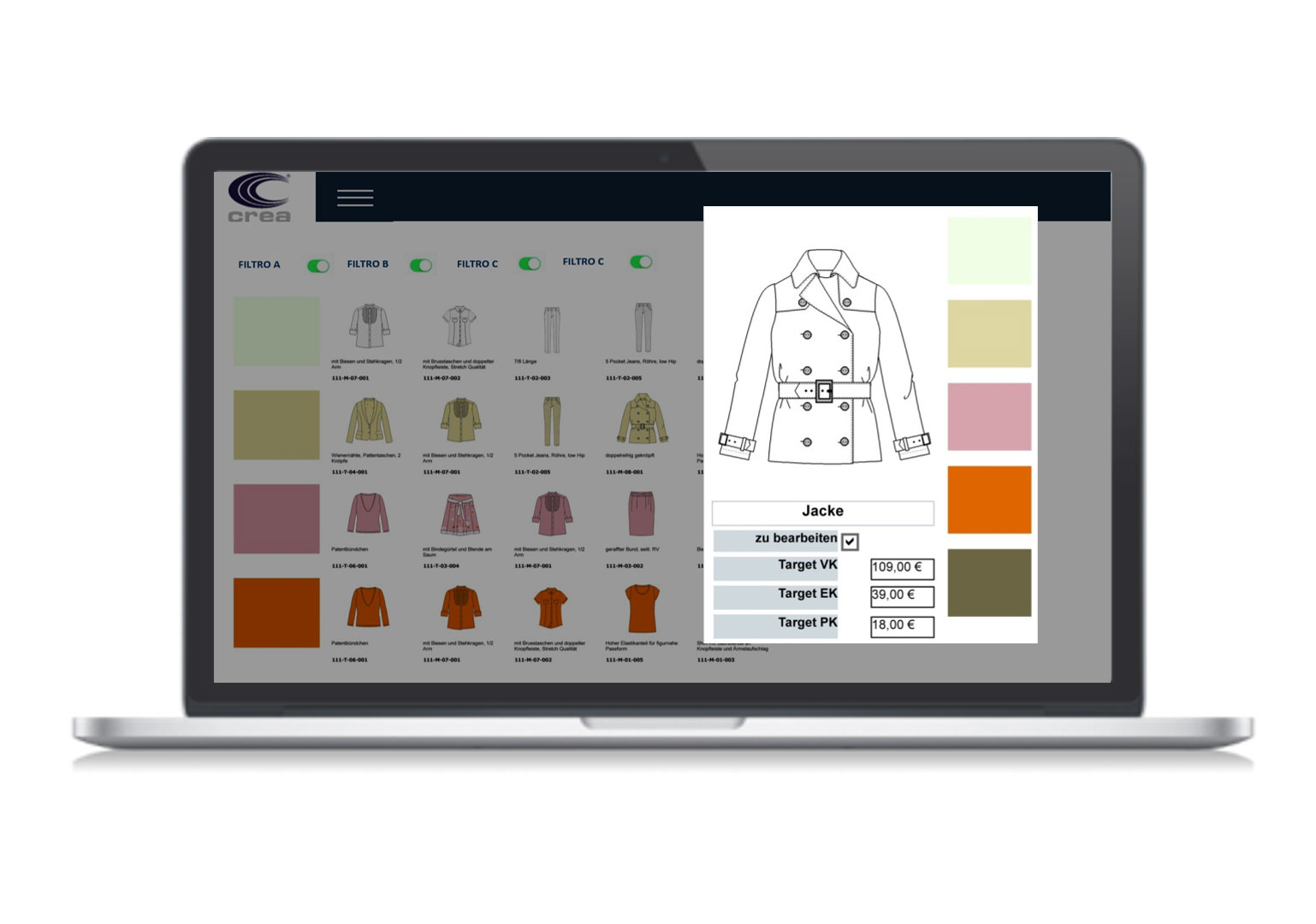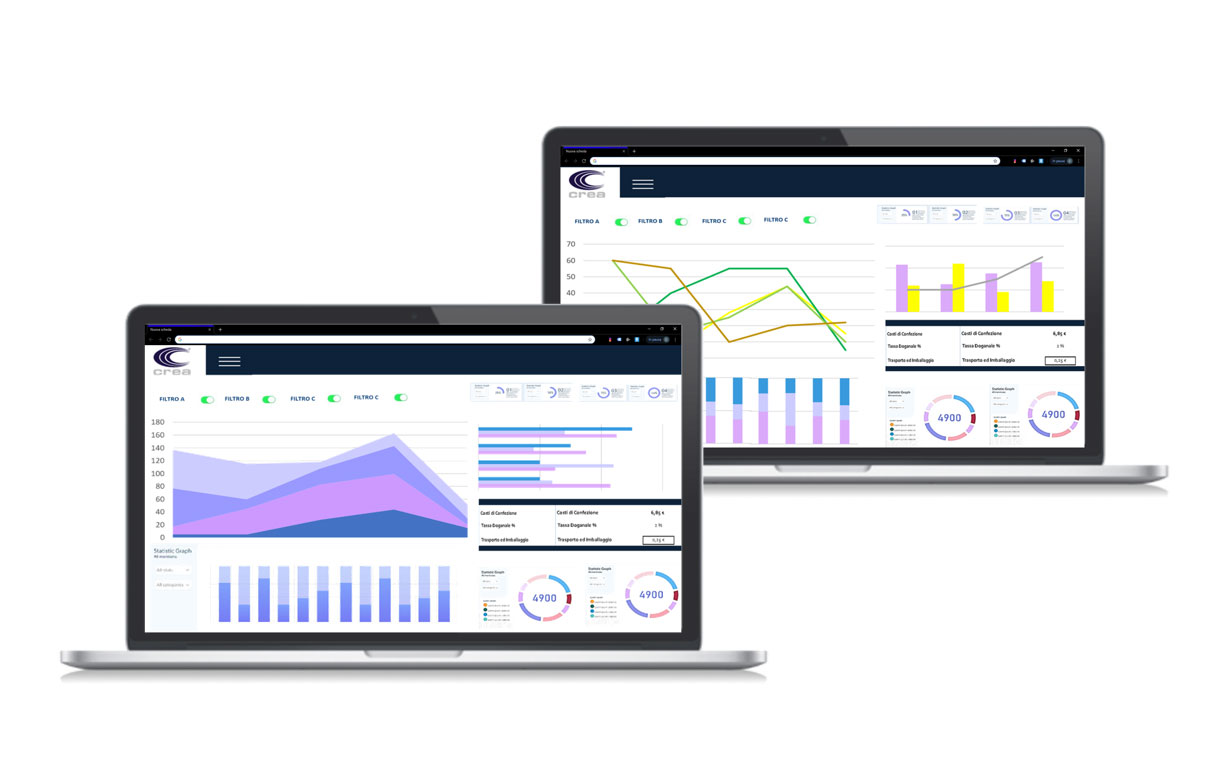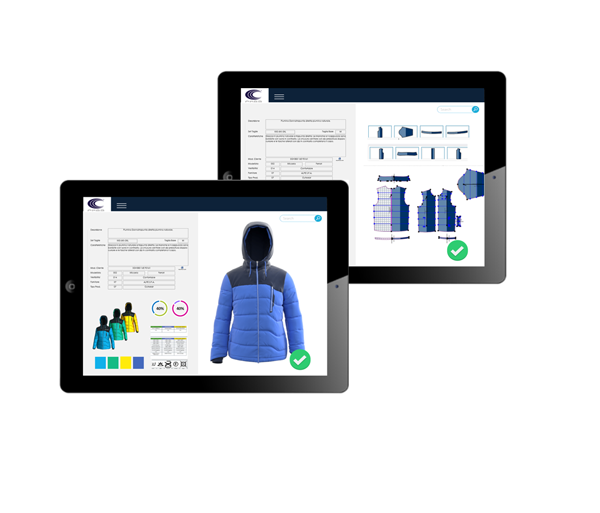CAD PLM: how many benefits can you get from their integration?
In the current scenario, fashion is very volatile, trends are very dynamic, consumer preferences are increasingly rapid: is it really possible to adapt to rapidly changing trends?
Many fashion houses adopt the Just In Time (JIT) programming method, which minimizes stock levels and the waste of economic and financial resources, increasing the overall efficiency of the production system and reducing the response time to the market. The combination of pull logic, according to which are the activities downstream of the clothing production chain that direct the trend of those upstream, and JIT allows fast fashion companies to immediately adapt to changes in consumer preferences through the adoption of a more flexible production structure.
According to a recent analysis, companies are moving towards digital production, which allows them to plan and control the life cycle of a product quickly and smartly. In the era of Industry 4.0, apparel manufacturing factories employ software solutions to perform the entire production process while minimizing human intervention. The development of such “intelligent” clothing manufacturing concepts is identified as one of the key market trends for the next four years. To manage the whole process of the production chain, which includes all the stakeholders, it is necessary to have a tool that facilitates the collaboration and the shares information among the various departments. PLM (Product Lifecycle Management) offers an intelligent workflow to store and monitor data relating to the entire life cycle of the garment, with the primary objective of reducing time-to-market, reducing costs and improving quality. In the fashion industry, the more CAD software and PLM are integrated with the business tools, the easier it is to have detailed control and analysis without having redundancy of data within the company.
A proper brainstorming on stylistic ideas and market objectives to be pursued, and the sequences of illustrations that describe for drafts, images, accessories and samples of materials the items to be created – the so-called storyboards – are the two initial activities that give way to a collaboration on the product-leader, with the development of concepts, production lines, themes and collections.

Thanks to the integration between CAD and PLM, sales and development managers can share one or more drafts with external collaborators, suppliers and customers who contribute to the selection of colors, fabrics or motifs. These initial contributions are fundamental and, if the right choices have been made, they are able to increase the number of successful items that the company can launch on the market. Through access to a central color archive, stylists are given the opportunity to develop reusable seasonal colors ‘palettes’ for fabrics, garments, accessories and other elements. The same can be done with the textile motifs (texture), which can be stored and modified for subsequent use. The access and the changeability of colors and textures in their respective folders consequently allows the company to easily create the variations on the fabrics of the garments in terms of colors and patterns (variant), and to modify, even in the most advanced stages of the product, and with a few clicks, an entire theme of the collection or even an entire production line adding or removing one or more colors from the collections, one or more styles. The various production lines must then be chosen, organized and planned. By integrating design, merchandising and marketing functions together, it becomes possible to design a more organic product that also includes financial and image objectives.

Drawing and pattern making tools using 2D CAD and realistic 3D integrated CAD fitting provide ad-hoc techniques for the fashion industry to speed up design time and virtual prototyping and shorten design cycles. Drawing in scale with the tools of automatic CAD design and obtaining digital models and virtual fitting with real-to-life wearability significantly reduces the time to market.
Usually the CAD systems are accompanied by the positioning software for the design of the automatic cut of the fabric on the basis of models and orders, leading to real CAM systems when they come to pilot the cut in an automatic way. The possibility of launching the 2D / 3D CAD programs from the PLM interface is possible and very frequent thanks to the visualization functions inside the PLM. The management of product data is at the heart of product development and gives companies the opportunity to create, revisit and approve all the elements that then form the specifications of a model that then goes into production. This area has traditionally been dominated in the recent past by PDM systems (and still) and allows to concentrate in a single environment specific techniques, bills of materials, patterns, notes, drafts and more.
PDM is the fundamental and often unavoidable part of a PLM platform. Costing is important from the beginning in the product development process. Clearly, there is no interest in producing a product that costs more than customers want to pay. Thanks to the amount of data that the PLM manages, we can automatically estimate the cost of a pattern during its development so that the pattern makers can first know the economic effort that will result in a certain pattern or pattern line, and possibly operate in order to hit the ‘target price’, ie the price target, provided by the commercial. Each production company considers the costs at different levels, as are the PLM dealers, and the PLM solutions provided, so it is important that the PLM system adopted is able to support the needs of the company, depending on the cost management that it will take. The supplier management activity concerns the request for prices and quotations of raw materials, the evaluation of costs and the selection tasks of material suppliers. When prices and quotations are automatically completed by providing a reliable average cost calculated through different methodologies, and with the vision of all prices and quotations from all suppliers (both those with which we are currently collaborating and those present in the history), we can get to make the best decisions on materials, components and suppliers in a more anticipated phase of the product life cycle.
